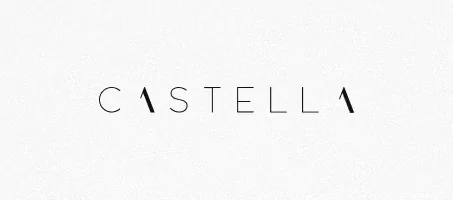Design
Our design team bring everything together. From understanding what the user needs, how the user interacts with your brand and then through to making sure accessibility is considered, we’ve got every aspect covered.
[Scroll to Explore]
Our Design Services take a digital first approach. When we’re creating a brand we’re thinking about how your audiences are going to interact with you and how we get them to connect in the overcrowded digital world.
Creating Design Magic
Research
Research is key to the design of anything. Whether we’re considering what your audiences are doing on your website or if we’re creating your brand from scratch we’ll be spending a lot of time in the research phase.
From looking at your competitors, understanding your user groups, finding the pain points for you (and your audiences), it’s a process of problem solving before we even get to the creativity.
Design is subjective, so we collaborate with you throughout this process to make sure we’re getting the right information and you’re happy with our interpretation.
Plan
After analysing everything we can, we’ll move on to the planning stage, where we think about functionality.
From wire framing and prototyping, to mapping out key elements of a brand, we’re methodical in bringing all of your elements together and hitting the mark for people interacting with whatever we’re designing.
Create
Now we finally get to the good part where we can add in our creativity.
The key here is the use of emotion and how the design makes you feel. An interactive process, we’ll always be open to feedback and getting it feeling right.
Implement
Once you’re happy with our designs the process moves onto actually creating the assets or building the website.
We then work with you and the relevant parts of our team to make sure brand guidelines are followed and consistently applied. If your website is being built we’ll be watching closely to make sure that the details are right.
Want to know more about the Design services we offer?
Here’s our most frequently asked questions:

Don’t just take it from us.
Take it from the 70% of clients who work with us on an ongoing basis.
Building relationships is something we like doing. If we’re always working on improvements with you then we know we’ve got it right.









